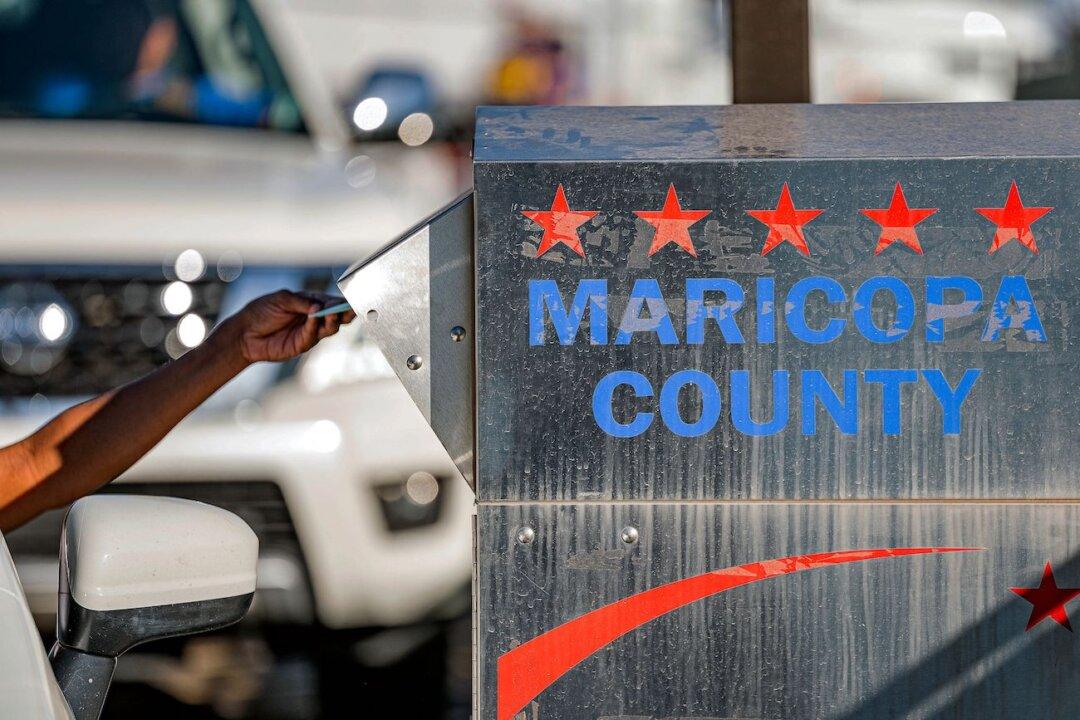Arizona’s Maricopa County on Nov. 27 responded to a request from the office of Arizona’s Republican Attorney General Mark Brnovich, which had asked for details from the county on how it had handled the election after a “plethora of reports from election workers, poll watchers, and voters, including the county’s admission of widespread printer problems,” as well as that ”poll workers appeared to be improperly trained on ‘check-out’ procedures.”
Maricopa County includes Phoenix and about 60 percent of Arizona’s population.





